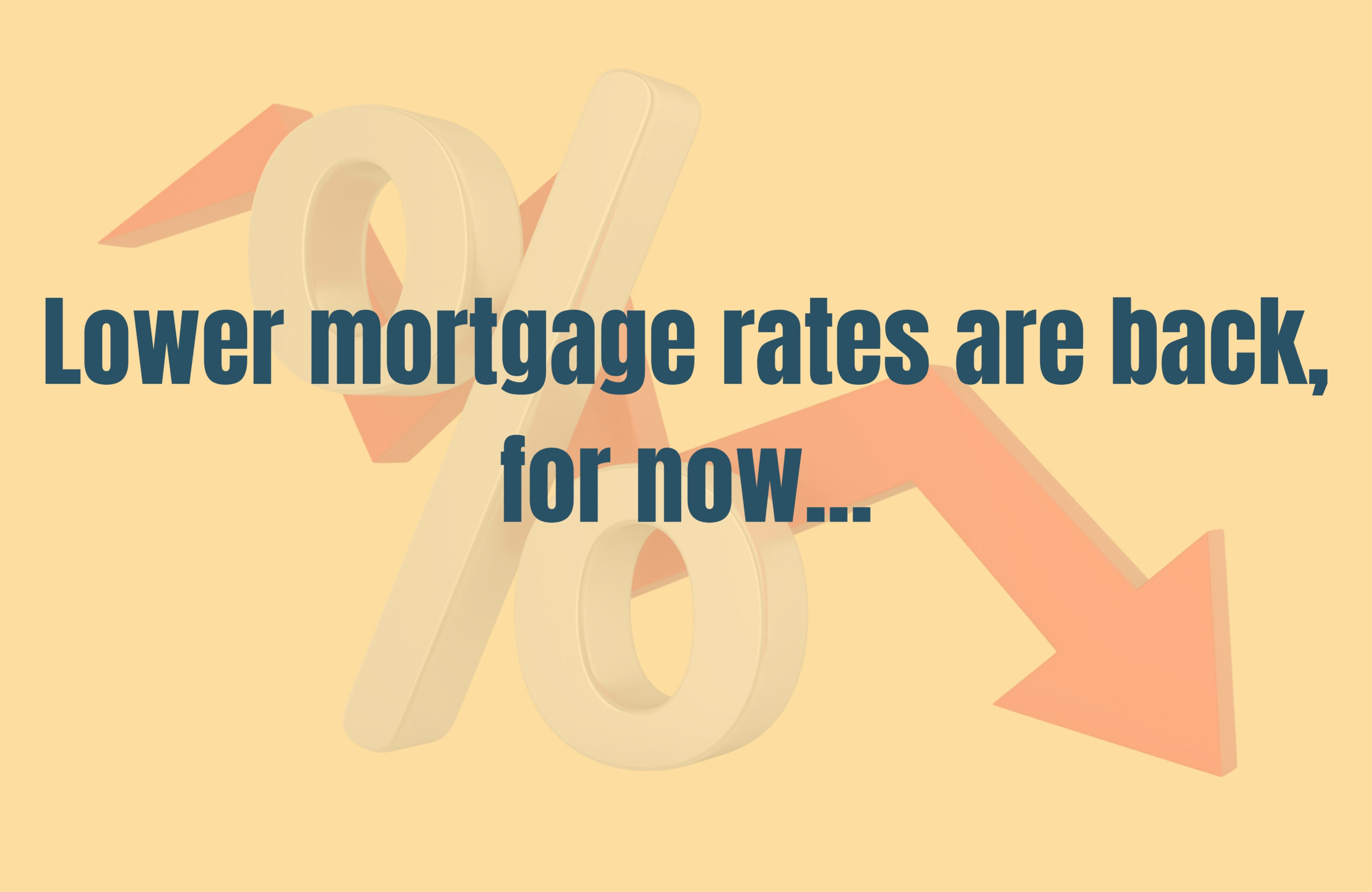Hi Friends,
The most recent Fed meeting on 9/17 didn’t surprise anyone with the Fed voting 11–1 to lower the federal funds target rate by 0.25%, bringing the range down to 4%–4.25%. This rate cut was already baked into mortgage rates for weeks prior and we saw mortgage rates increase immediately following the Fed’s rate decision. The reason for the increase in mortgage rates after a Fed rate cut usually stems from Fed chair Jerome Powell’s comments to the media. His comments after this latest rate cut indicated a moderately strong economy despite the anemic job growth nationally and rising unemployment. He has also said rising inflation due to the tariffs are one time increases that won’t be persistent once the markets absorb the cost increases. The bond market didn’t like his comments, which resulted in a selloff in treasury bonds and caused the 10-year treasury bond yield to increase on 9/17 and 9/18. While a cut was widely expected, the Fed also signaled they anticipate two more quarter-point cuts later this year. The Fed Futures, which predicts the movement of the federal funds rate, is now predicting an 88% chance of a .25% Fed rate cut at the 10/29 meeting and a 78% chance of a .25% rate cut at the 12/10 meeting.
Key Takeaways:
• The decision follows five straight meetings with no rate changes.
• Chair Jerome Powell noted inflation remains “somewhat elevated,” but the Fed is shifting focus toward the labor market, which is showing signs of cooling.
• The latest dot plot projects the federal funds rate at 3.625% by the end of 2025, suggesting a gradual easing trend.
• Treasury yields initially jumped after the announcement but pulled back as Powell emphasized a cautious “meeting by meeting” approach.
What This Means for Real Estate:
Lower rates can improve affordability and bring more buyers back into the market. While mortgage rates don’t move in lockstep with Fed decisions, the market’s expectation of future cuts tends to put downward pressure on long-term rates. This environment could open up opportunities for both buyers who have been waiting on the sidelines and sellers who will benefit from increased demand.
The lower rate environment of the past few months has had an immediate impact on mortgage refinancing. Anyone with a 30 year fixed rate above 6.5% should be looking at the benefits of refinancing into a lower rate. Refinancing comes with closing costs but there are ways to mitigate those costs through the interest rate chosen. During a refinancing cycle, many of my borrowers will take a rate slightly higher than the median rate available to have the lender pay for their closing costs. This allows the borrower to refinance again in the future, once rates come down further, without worrying about whether they broke even on the closing costs from the last refinance in their lower monthly payments.
The purpose of the refinance is not only to lower your rate but to generate cash flow that you wouldn’t have without lowering your monthly payments. What you do with the cash flow is what makes the refinance powerful. The easiest way to see how cash flow works is to apply the difference in the lower monthly payment to the mortgage principal each month, thereby leaving the monthly payments the same as before but accelerating the payoff of the mortgage principal. When we do this exercise with even a .5% rate reduction, most borrowers will save $50K – $250K in interest payments over time. Feel free to reach out for a free mortgage analysis to see if refinancing makes sense for you in the current market.
As always, your mortgage guy,
Viral (Vic) Joshi
Home of Real Mortgage Advice®



